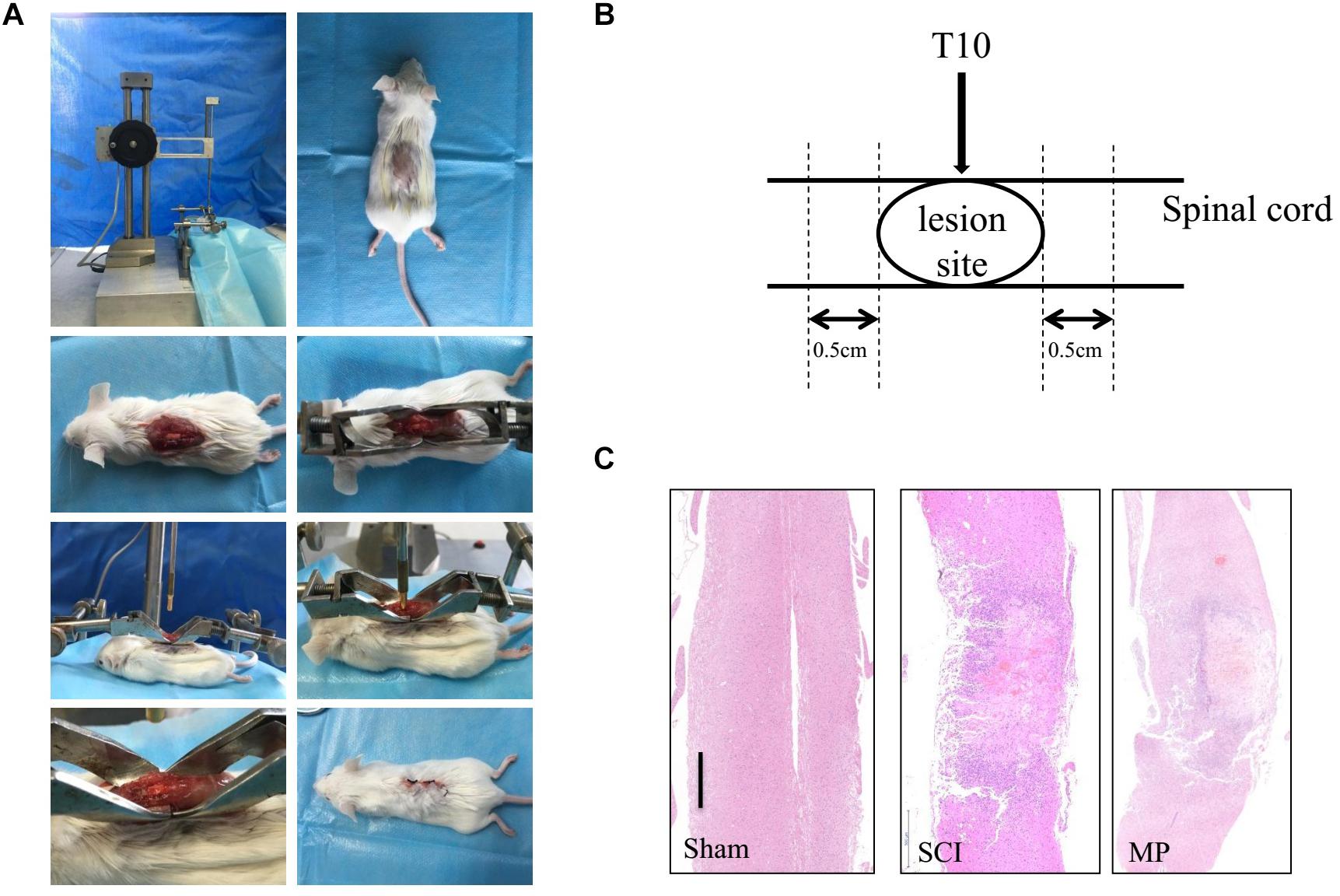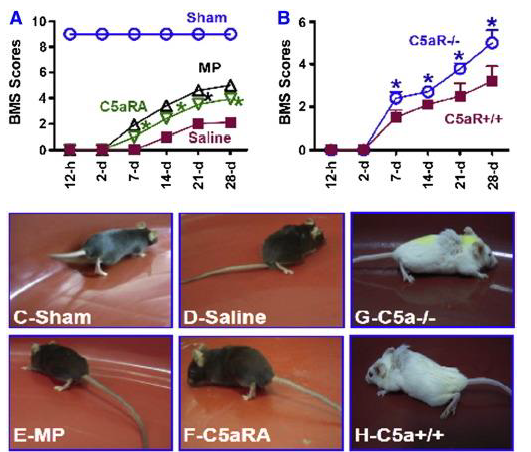
BAMOS: A recording application for BAsso MOuse scale of locomotion in experimental models of spinal cord injury - ScienceDirect

In Vivo Two-Photon Imaging of Axonal Dieback, Blood Flow and Calcium Influx withMethylprednisolone Therapy after Spinal Cord Injury | Scientific Reports
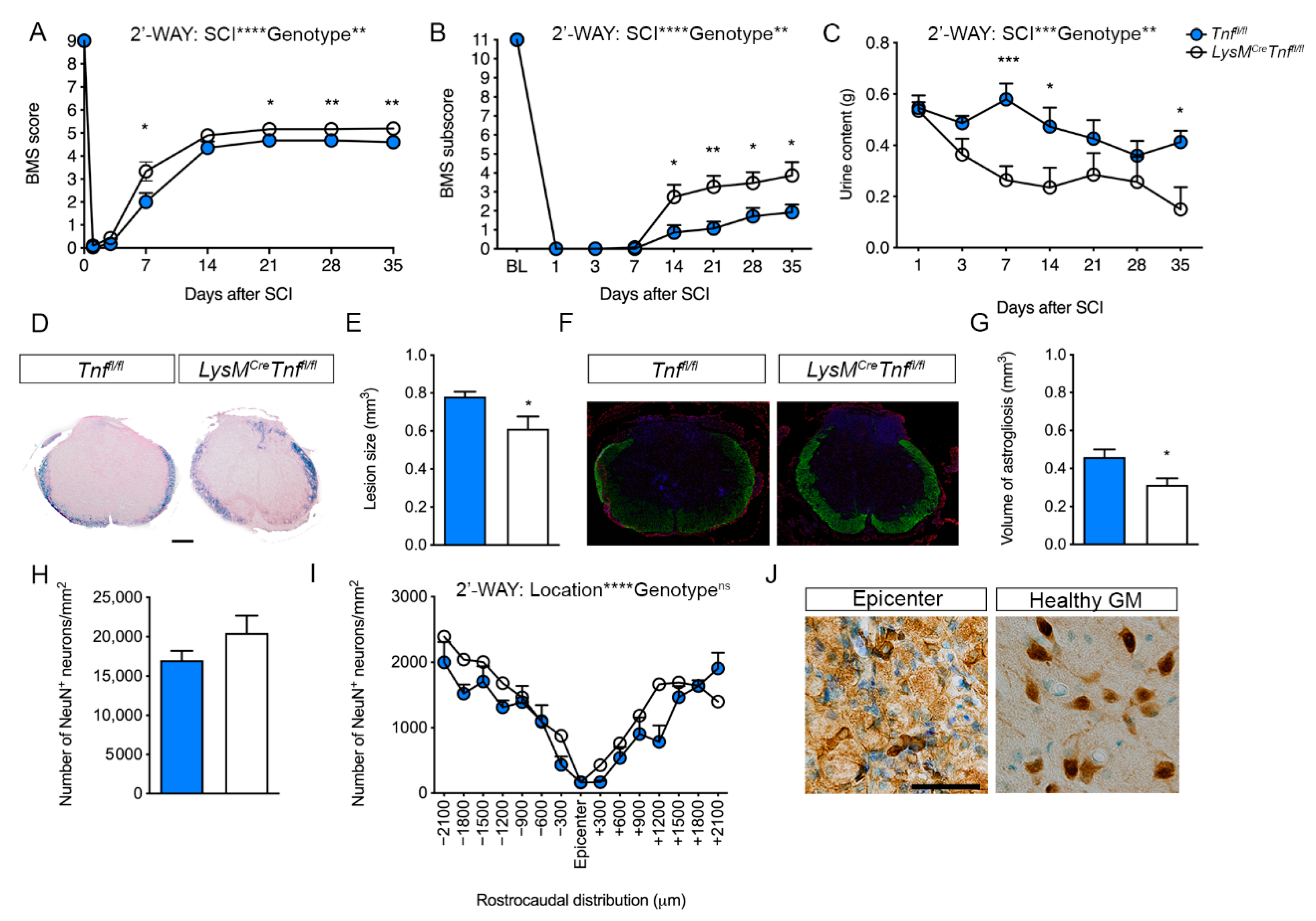
Cells | Free Full-Text | Conditional Ablation of Myeloid TNF Improves Functional Outcome and Decreases Lesion Size after Spinal Cord Injury in Mice

The standardized Basso Mouse Scale for Locomotion (BMS) scoring sheet... | Download Scientific Diagram

Astragalin Protects against Spinal Cord Ischemia Reperfusion Injury through Attenuating Oxidative Stress-Induced Necroptosis

Integrity of cortical perineuronal nets influences corticospinal tract plasticity after spinal cord injury | Brain Structure and Function
![PDF] A computerized system for the application of Basso, Beattie and Bresnahan scale in Wistar rats | Semantic Scholar PDF] A computerized system for the application of Basso, Beattie and Bresnahan scale in Wistar rats | Semantic Scholar](https://d3i71xaburhd42.cloudfront.net/d88ebfe8c4b253621f829131a9ceaff2628fa1a6/2-Table1-1.png)
PDF] A computerized system for the application of Basso, Beattie and Bresnahan scale in Wistar rats | Semantic Scholar
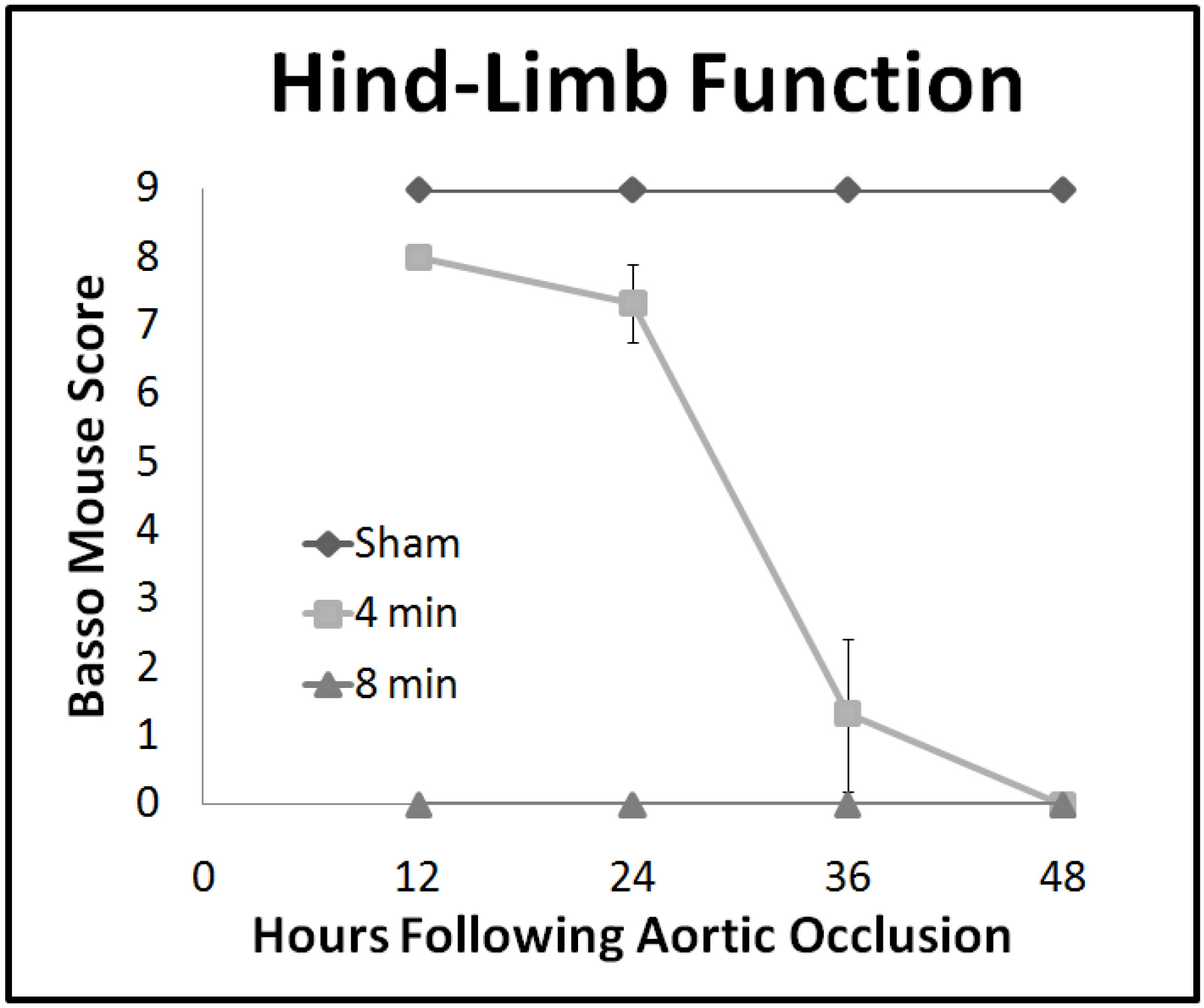
Reproducable Paraplegia by Thoracic Aortic Occlusion in a Murine Model of Spinal Cord Ischemia-reperfusion

The acute phase serum zinc concentration is a reliable biomarker for predicting the functional outcome after spinal cord injury - eBioMedicine
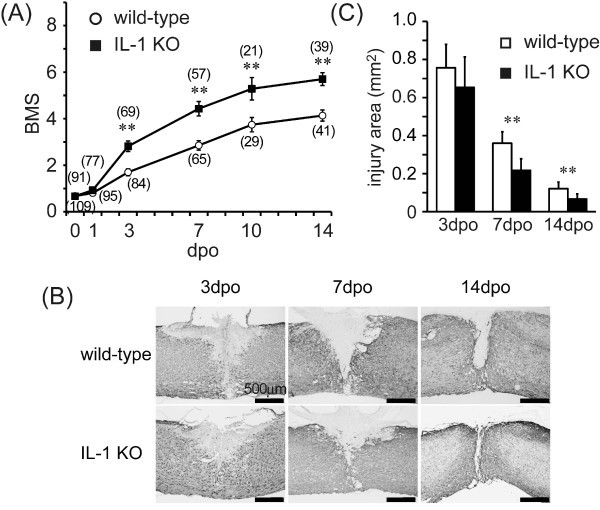
Interleukin-1 participates in the classical and alternative activation of microglia/macrophages after spinal cord injury | Journal of Neuroinflammation | Full Text

Intravenous injection of adult human bone marrow mesenchymal stromal cells attenuates spinal cord ischemia/reperfusion injury in a murine aortic arch crossclamping model - ScienceDirect
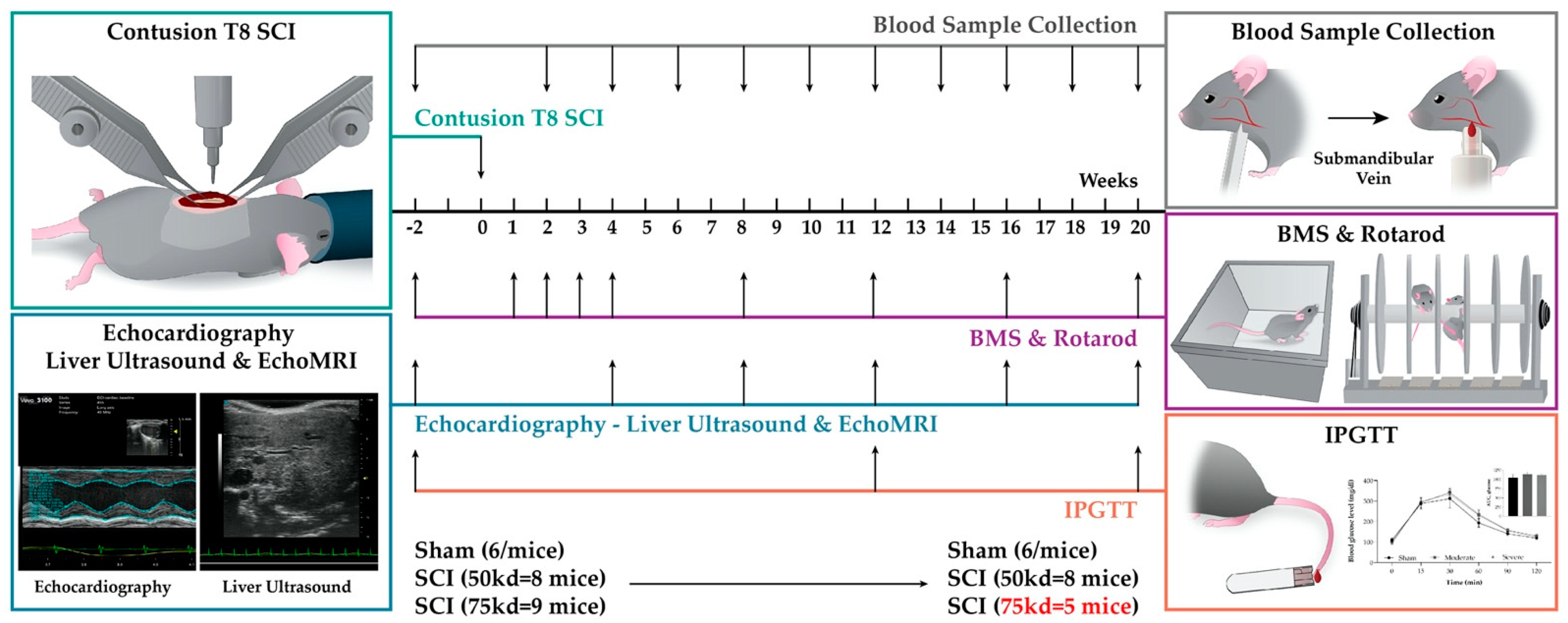
Biology | Free Full-Text | Evaluation of the Cardiometabolic Disorders after Spinal Cord Injury in Mice

Targeting the NLRP3 inflammasome to attenuate spinal cord injury in mice | Journal of Neuroinflammation | Full Text
Objective measures of motor dysfunction after compression spinal cord injury in adult rats: correlations with locomotor rating scores - Document - Gale OneFile: Health and Medicine

Transneuronal delivery of designer-cytokine enables functional recovery after complete spinal cord injury | bioRxiv

New reliable scoring system, Toyama mouse score, to evaluate locomotor function following spinal cord injury in mice | BMC Research Notes | Full Text

Transplantation of M2-Deviated Microglia Promotes Recovery of Motor Function after Spinal Cord Injury in Mice: Molecular Therapy

Transneuronal delivery of designer-cytokine enables functional recovery after complete spinal cord injury | bioRxiv
